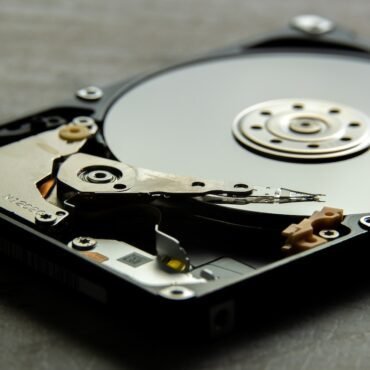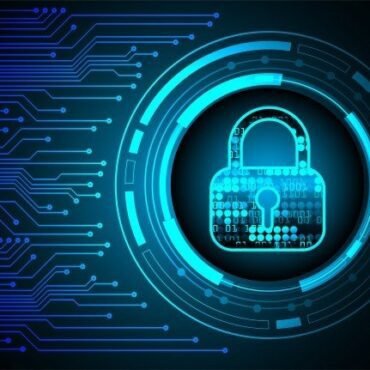In the realm of digital forensics, preserving the integrity of digital evidence is crucial. When collecting data from storage devices like hard drives, SSDs, or USB drives, forensic experts often rely on two primary methods: imaging and cloning. While these terms are sometimes used interchangeably in casual conversations, they have distinct purposes, procedures, and implications in forensic investigations. Understanding the differences is essential for ensuring evidence integrity, admissibility in court, and efficient forensic analysis.
What is Imaging in Digital Forensics?
Imaging refers to the process of creating a bit-by-bit copy of a storage device or a specific partition. This copy, often called a forensic image, captures every byte of data, including active files, deleted files, slack space, and unallocated space.
Key Features of Imaging:
-
Exact Copy: A forensic image replicates every bit of the original device, maintaining its structure and content.
-
Integrity Verification: Hashing algorithms like MD5 or SHA-256 are used to ensure the image is identical to the source.
-
Non-Invasive: Experts work on the image, leaving the original evidence untouched.
-
Formats: Common formats include E01, DD, and AFF.
Why Forensic Experts Prefer Imaging:
Imaging is preferred when the goal is to analyse data without altering the original device, especially in legal scenarios. It ensures that all recoverable information, including deleted or hidden files, can be examined while maintaining the chain of custody.
What is Cloning in Digital Forensics?
Cloning involves creating an exact, bootable copy of a storage device onto another device. Unlike imaging, which can be saved as a single file, cloning replicates the entire disk, making it operational on another system.
Key Features of Cloning:
-
Bootable Replica: A cloned drive can be directly used in another system.
-
One-to-One Copy: All files, directories, and structures are duplicated.
-
Immediate Use: Useful for migrating data or testing in real-time environments.
-
Tools: Cloning can be done using hardware duplicators or software like Clonezilla or Acronis True Image.
Limitations in Forensics:
While cloning produces an operational copy, it does not always preserve deleted or hidden data as thoroughly as imaging. Also, verifying integrity through hashing can be more complicated when the clone is intended for use rather than analysis.
Imaging vs. Cloning: Side-by-Side Comparison
| Feature |
Imaging |
Cloning |
| Purpose |
Forensic analysis and evidence preservation |
Operational duplication of a drive |
| Data Captured |
All data, including deleted and slack space |
Mostly active data, may miss hidden/deleted files |
| Integrity Verification |
Hashing (MD5, SHA-256) ensures evidence is untampered |
Hashing is possible, but often secondary to usability |
| Legal Admissibility |
High, widely accepted in courts |
Lower for forensic purposes unless combined with imaging |
| Flexibility |
Can be stored as a file for long-term analysis |
Immediate use on another system |
| Tools |
FTK Imager, EnCase, X-Ways, dd |
Clonezilla, Acronis, and hardware duplicators |
When Should a Forensic Expert Use Imaging?
-
Evidence Collection for Legal Cases:
Courts require a bit-perfect copy of the original device. Imaging ensures that nothing is missed, making it ideal for litigation or criminal investigations.
-
Analysis of Deleted or Hidden Files:
Imaging captures unallocated space where deleted files reside, crucial for uncovering tampered or hidden evidence.
-
Long-Term Storage:
Forensic images can be stored digitally, allowing multiple analysts to work on copies without risking the original evidence.
When Should a Forensic Expert Use Cloning?
-
System Recovery or Migration:
Cloning is useful when creating a functional replica of a system, for instance, when a company wants to migrate data without downtime.
-
Testing in a Controlled Environment:
Cloning allows investigators to boot the system and observe its behaviour without touching the original device.
-
Quick Access to Data:
When speed is a priority and forensic-level preservation is not required, cloning can be efficient.
Best Practices for Forensic Imaging and Cloning
-
Always use a write-blocker when accessing original devices to prevent accidental modification.
-
Verify integrity with hashing for both imaging and cloning, especially if the clone may be used for forensic purposes.
-
Document every step in the chain of custody to maintain evidence admissibility.
-
Prefer imaging if legal admissibility or recovery of deleted data is essential.
-
Use cloning cautiously, primarily for operational purposes rather than evidence collection.
Conclusion
In digital forensics, choosing between imaging and cloning depends on the objective. Imaging is the gold standard for preserving evidence integrity, analyzing deleted or hidden data, and ensuring legal admissibility. Cloning, on the other hand, is better suited for operational duplication, system recovery, and practical testing scenarios.
A skilled forensic expert evaluates the situation carefully, often combining both methods—imaging for analysis and cloning for functional testing—ensuring data integrity, evidence reliability, and investigative efficiency.





Post comments (0)